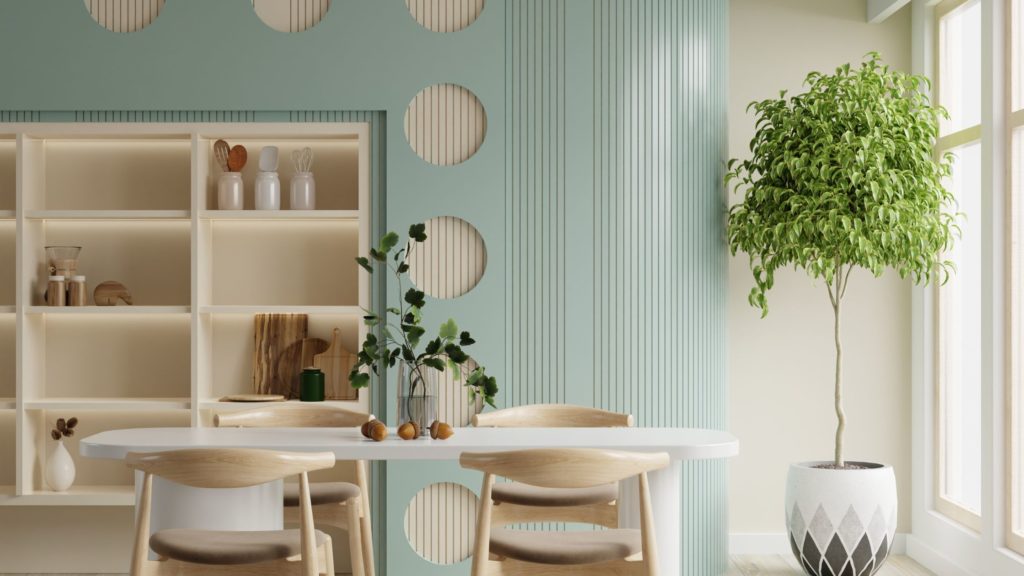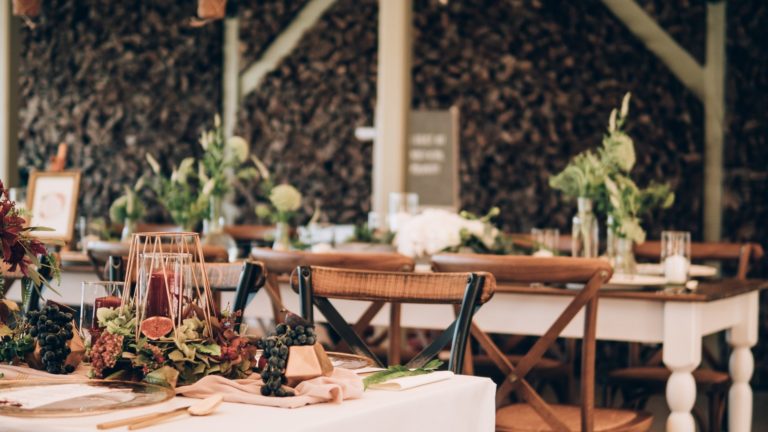Today’s home interiors often strike a balance between the sleek, clutter-free ethos of minimalism and a nostalgic nod to bygone eras. Retro and vintage design elements—reminders of the past—are seamlessly integrated into contemporary settings to evoke warmth and timeless charm. But how can you incorporate these age-old aesthetics while maintaining a minimalist space? Let’s explore.
Understanding Minimalism
Before we dive in, let’s clarify what minimalism is. At its core, minimalism is about simplifying and decluttering, be it in life or design. In decor, it often involves neutral color palettes, streamlined furniture, and a distinct lack of visual clutter. The emphasis is on functionality, quality over quantity, and creating a calming, serene environment.
The Allure of Retro and Vintage
Retro refers to style and design from the recent past, typically from the mid-20th century. Think of the funky patterns of the 60s, or the bold colors of the 70s. Vintage, on the other hand, speaks to earlier times, often pre-20th century, and can span several decades.
Both retro and vintage styles evoke a sense of nostalgia. They remind us of simpler times, stirring emotions and memories. They bring character and a unique story into our spaces. While seemingly at odds with the minimalist philosophy, with some finesse, the two can complement each other beautifully.

Blending the Old with the New
- Neutral Foundations with Vintage Accents: Begin with a minimalist, neutral base—think whites, beiges, or soft grays. Add vintage or retro accents sparingly. A mid-century coffee table or a vintage chandelier can become the focal point in a room dominated by minimalist design.
- Quality Over Quantity: Instead of overcrowding a space with multiple items, choose one or two vintage or retro pieces of high quality. A single antique wooden dresser or a retro lamp can stand out and make a statement.
- Re-purpose and Upcycle: Give old items new life. An old trunk can be transformed into a coffee table, or vintage suitcases can be stacked to create a unique side table. This not only maintains a minimalist look but also emphasizes sustainability.
- Vintage-inspired Modern Pieces: If genuine antiques or retro items are out of reach or not practical, consider modern furniture that’s inspired by past designs. Many contemporary manufacturers produce items with a vintage or retro flair, offering the best of both worlds.
- Art and Wall Decor: Use wall space wisely. A minimalist room might benefit from a single large retro poster or a vintage mirror, becoming the room’s main attraction. The simplicity of the rest of the room will highlight and elevate these elements.
- Textiles and Patterns: Vintage rugs, retro cushions, or old-world tapestries can introduce a splash of the past without overwhelming a space. Ensure that these elements harmonize with the color palette of the room.
- Curate and Rotate: You might have a collection of vintage items or retro accessories. Instead of displaying everything simultaneously, curate a few items and rotate them seasonally. This keeps the decor fresh and maintains a minimalist approach.
The Power of Contrast
When we merge minimalism with retro and vintage elements, we’re also harnessing the power of contrast. The old juxtaposed with the new creates visual interest. A sleek, modern sofa paired with a vintage trunk or a minimalist bedroom featuring a retro clock can create harmony while piquing interest.
Functional Nostalgia: Practicality in Design
As we strive for a balanced interior, it’s important not to sacrifice the functionality for the sake of aesthetics. Retro and vintage items often come with a rich history, but can they serve a functional purpose in a modern setting?
- Dual-Purpose Furniture: Seek out retro and vintage pieces that offer storage solutions, like mid-century sideboards or antique cabinets. These can add aesthetic value while helping keep clutter at bay.
- Technological Integration: Just because a piece is old doesn’t mean it can’t be tech-friendly. Vintage desks can be retrofitted with modern cable management systems, or antique lamps can be upgraded with energy-saving LED bulbs.
- Durability Over Time: Many vintage items were built to last, often boasting superior craftsmanship. Re-upholstering a sturdy vintage sofa or refinishing a retro wooden table can often be more sustainable (and sometimes more affordable) than buying new.
Creating Balance: The Emotional Aspect of Decor
Decor isn’t just about the physical. It’s also about the emotions a space evokes. Introducing retro and vintage elements to a minimalist setting isn’t just a visual choice—it’s also an emotional one.
- Evoking Memories: Vintage items can be deeply personal, reminding us of our grandparents’ homes or a cherished era from our past. Select pieces that have personal significance or evoke positive memories.
- Sensory Balance: Retro textiles can introduce tactile diversity to a minimalist setting. The warmth of a vintage woolen blanket or the softness of a retro velvet pillow can make a space feel more welcoming and cozy.
- Nostalgic Escapism: Modern life can be hectic. By creating a space that harks back to simpler times—whether through the soothing tick of a retro clock or the sepia tones of vintage photographs—we offer ourselves a gentle escape from the present.
Conclusion
Marrying minimalism with retro and vintage is more than just a design trend—it’s a reflection of our deeper need to connect with the past while making sense of the present. It’s about finding balance, evoking emotions, and creating spaces that tell a story.
While it might seem challenging to weave in elements from bygone eras into modern decor, with a keen eye and a commitment to the tenets of minimalism, you can craft spaces that are both nostalgic and refreshingly contemporary. So, as you stand at the crossroads of past and present, remember that your home is a canvas, ready to be painted with the rich hues of history and the stark elegance of minimalism.


